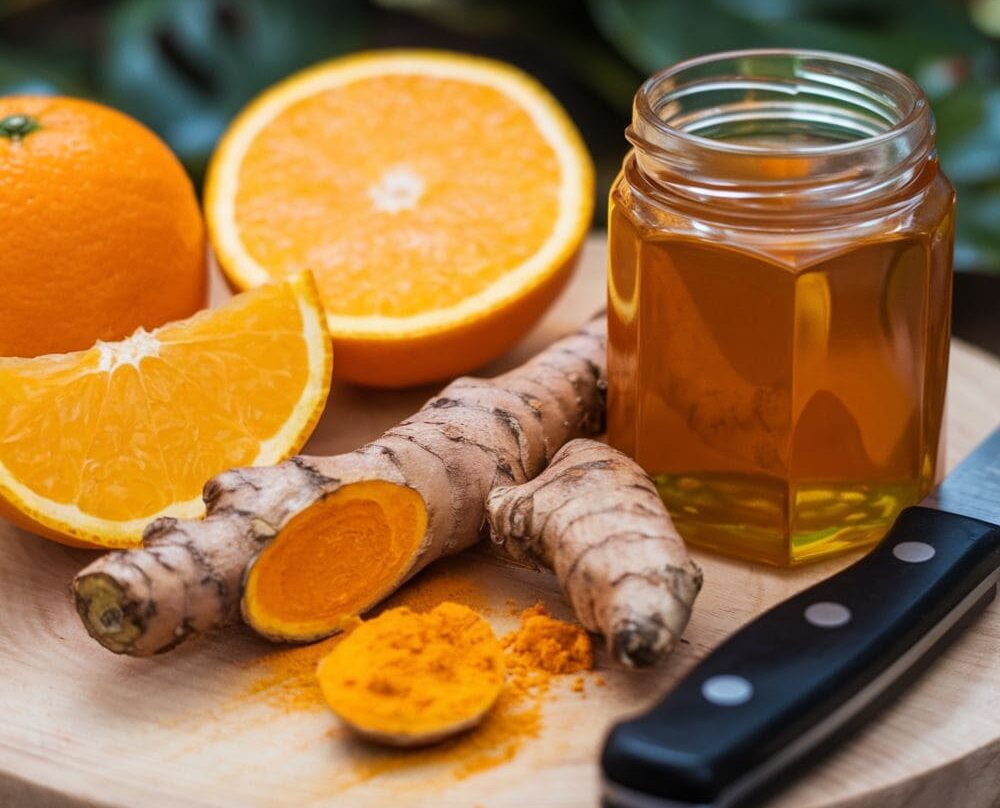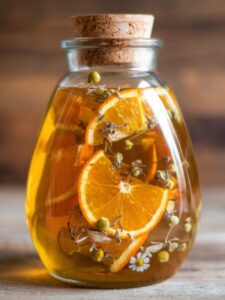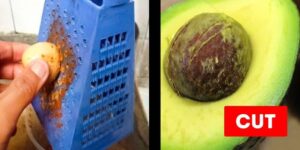The Science of Silky Hair: Proven Methods for Frizz-Free, Shiny Locks
Achieving silky, smooth hair isn’t just about using the right shampoo or a high-end flat iron—it’s about understanding the science behind hair health. While many people resort to quick fixes like extensions, the real solution lies in addressing the root cause of frizz and brittleness. In this guide, we’ll explore scientifically backed methods that can transform your hair, including a game-changing technique that influencers often keep secret.
The Viral Rice Water Rinse: Does It Really Work?
One of the most popular hair care trends is the rice water rinse. Social media is flooded with testimonials, but while some users experience smooth, shiny hair, others report dryness and flakiness. So, what’s the truth?
The Science Behind Rice Water for Hair
Rice water is rich in starch, which coats hair strands, reducing friction and minimizing breakage. A 2022 study found that rice contains a carbohydrate known to repair damaged hair, strengthen the shaft, and enhance smoothness. Additionally, rice water is packed with amino acids and vitamins B and E, which contribute to hair health.
The Right Way to Use Rice Water
Many people make the mistake of leaving fermented rice water in their hair overnight, leading to potential damage and an unpleasant odor. Instead, follow this simple method:
- Rinse a handful of rice thoroughly to remove impurities.
- Soak the rice in water for 30–40 minutes or overnight.
- Strain the rice and store the water in a jar.
- In the shower, pour the rice water over your hair, massage it in, and let it sit for 20–30 minutes.
- Rinse it out and follow up with your usual shampoo and conditioner.
- Use this method three times a week for optimal results.
The LOC Method: Essential for Curly and Frizzy Hair
If you struggle with frizz, you might have naturally wavy or curly hair without realizing it. The Leave-In, Oil, and Cream (LOC) method is a game-changer for maintaining hydration and achieving a sleek, silky finish.
Steps for the LOC Method:
- Leave-In Conditioner – Start with a lightweight leave-in conditioner to provide moisture.
- Oil – Apply a nourishing oil to lock in hydration. Choose a non-greasy formula like argan or jojoba oil.
- Cream – Finish with a thick, hydrating cream to seal in moisture and enhance smoothness.
By following this regimen, your hair will retain moisture longer, preventing dryness and frizz.
Debunking the Silicone Myth: Should You Use Silicone-Based Conditioners?
Many influencers discourage the use of silicone in hair products, claiming it damages hair. However, scientific research, including a 2005 study, has proven that silicones can actually enhance smoothness and manageability.
How Silicones Benefit Hair:
- Create a lightweight protective barrier over hair strands.
- Lock in moisture, preventing dryness.
- Reduce tangling and breakage, making hair easier to style.
For those with extremely dry or brittle hair, silicone-based conditioners can be highly effective. However, regular use of a clarifying shampoo is recommended to prevent buildup.
The Truth About Hair Oils: Are They Good or Bad?
There’s a common misconception that oils make hair greasy and heavy. In reality, certain natural oils can penetrate the hair shaft, strengthening and smoothing the strands.
Best Hair Oils for Silky Hair:
- Coconut Oil – Reduces protein loss and enhances shine.
- Argan Oil – Rich in antioxidants and vitamin E.
- Rosemary Oil – Stimulates hair growth but should be diluted with a carrier oil.
For best results, massage the oil into your scalp and leave it on for a few hours before washing it out with a clarifying shampoo.
Clarifying Shampoo: A Must-Have for Hair Detox
Using oils and styling products can lead to buildup, weighing hair down and making it appear greasy. A clarifying shampoo removes this residue, restoring hair’s natural shine and bounce.
How to Use a Clarifying Shampoo:
- Use once a week to remove excess oil and buildup.
- Choose a sulfate-based formula for deep cleansing.
- Follow up with a hydrating conditioner to prevent dryness.
The Benefits of Silk Pillowcases and Bonnets
Switching to silk or satin pillowcases can significantly reduce hair breakage and frizz. A 2010 study found that smoother pillow materials minimize friction, leading to healthier, shinier hair.
Why Use Silk Pillowcases and Bonnets?
- Prevent moisture loss while sleeping.
- Reduce tangling and hair breakage.
- Help maintain hairstyles for longer periods.
The Hidden Gem: Microneedling for Hair Growth
Microneedling isn’t just for skincare—it can also transform hair health by stimulating blood circulation and encouraging hair growth.
How Microneedling Works for Hair:
- Creates micro-injuries on the scalp, boosting collagen production.
- Enhances absorption of hair serums and oils.
- Strengthens hair follicles, leading to thicker, shinier hair.
How to Use a Dermaroller for Hair:
- Use a 0.5mm needle for gentle yet effective stimulation.
- Sterilize the roller with rubbing alcohol before and after each use.
- Roll it gently over your scalp once or twice a week.
- Follow up with a nourishing hair serum.
Before starting, consult a dermatologist if you have a sensitive scalp.
Final Thoughts: The Path to Silky, Healthy Hair
Transforming your hair requires consistency and the right techniques. By incorporating rice water rinses, the LOC method, silicone-based conditioners, natural oils, clarifying shampoos, silk pillowcases, and microneedling into your routine, you can achieve the silky, frizz-free hair you’ve always wanted.
Have you tried any of these methods? Share your experiences in the comments below! For more expert-backed hair care tips, don’t forget to subscribe to our blog and check out our latest guide on strengthening weak and brittle hair.
Share this content:











